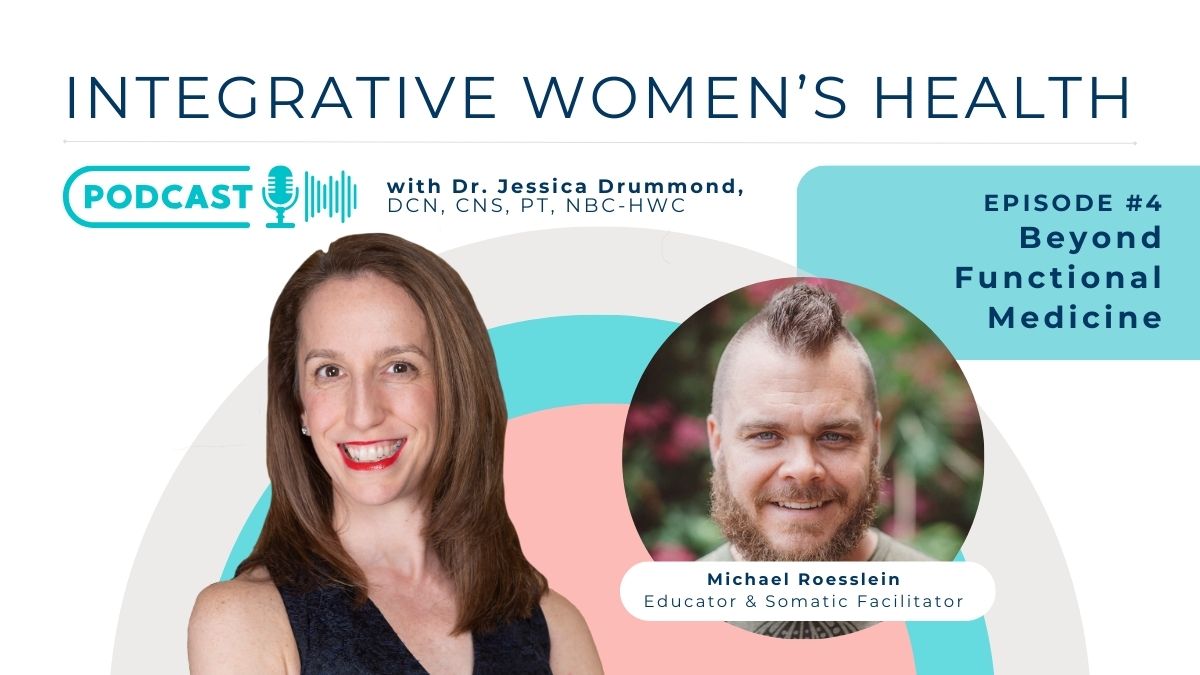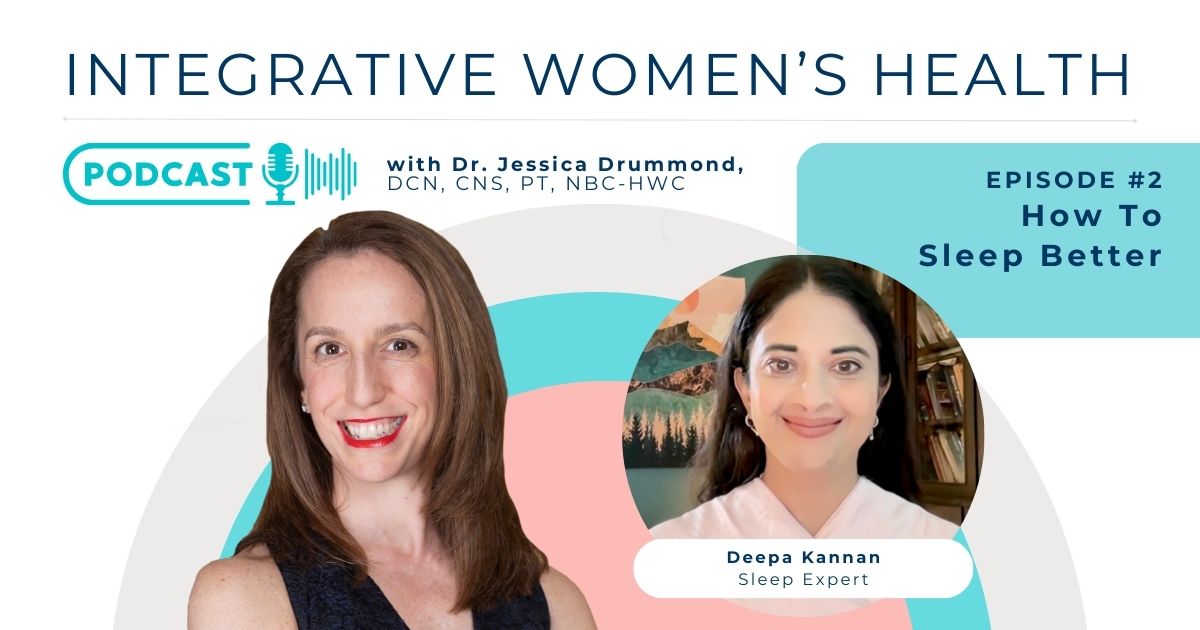Healthcare and wellness providers have been through so much in the last few years, and burnout and compassion fatigue are more prevalent than ever.
Are You Suffering from Compassion Fatigue or Burnout? I want to share with you The 5 Root Causes of Women’s Health Professional Burnout.
But first, let me tell you a little story…
It was January of 2007. I had just started a new job working as an inpatient physical therapist. My expertise was in women’s and pelvic health. But, the position was an interesting combination of inpatient women’s oncology, high-risk pregnancy, and acute pulmonary and cardiovascular care, mostly because these things were all located near each other in the hospital.
And, if you’ve ever worked in a hospital, you know that productivity is often prioritized.
The last thing I remember was sitting on the floor in the hallway of the hospital. I had been following around a colleague who was orienting me to the pulmonary floor and my new role working with pre- and post-op lung transplant patients.
I had to remember chest percussions and review how to safely walk with patients with unstable blood oxygen levels in the hallway as they regained their strength post-surgery. It was a very different job for me than the 6 years before when I spent most of my time doing hands-on manual therapy and pelvic exams in the orthopedic and women’s health outpatient service.
I had been struggling for a few months before this day with vague symptoms of anxiety, panic attacks, lots of colds, sinus infections, flu, fatigue, and insomnia. But, my doctors told me that nothing was wrong, and recommended anti-depressants, which didn’t help.
So, I assumed that I just needed a change and a bit more help with my 3-year-old daughter who wasn’t a great sleeper. So, we moved to North Carolina, lived closer to my parents, and I went back to work, which felt like a return to my comfort zone.
Until that morning.
The last thing I remembered was feeling dizzy and sitting down in the hospital hallway to collect myself.

The next thing I knew, I woke up in an office or a closet or something with an IV in my arm, staring into the faces of the department head, my coworker who had just been orienting me, and a few other people who I can no longer remember.
I wasn’t scared. I was embarrassed.
Have you ever found yourself sitting opposite your patient and thinking, “You think your back hurts, my back is killing me and I’m 8 months pregnant?”
Or…
“Sorry kids, mom just can’t play right now, I am so tired from work this week. Let’s just rest on the couch for a few minutes.”
Or…
“Ugh, why am I the only responsible one around here? Wouldn’t it be great if someone else would (go to the grocery store/cook dinner / take mom shopping/stay late at work) just this once!”
Working as a caregiver at work is hard. Also being a caregiver at home, in your community, for your kids, and for your parents… is harder.
Being a caregiver at work is a significant risk factor for burnout and compassion fatigue.
What is burnout? What is compassion fatigue?
“In the early stages, burnout symptoms include frequent colds, reduced sense of accomplishment, headaches, fatigue, lowered resiliency and moodiness and increased interpersonal conflicts” (Portnoy, 2011)
That sounds familiar, right?
“Compassion fatigue is a type of burnout. It emerges suddenly and with little warning, and it is usually more pervasive than burnout. In addition to regular burnout symptoms, a person experiencing compassion fatigue can feel a loss of meaning and hope and can have reactions associated with Post Traumatic Stress Disorder (PTSD).
Symptoms can include strong feelings of anxiety, difficulty concentrating, being jumpy or easily startled, irritability, difficulty sleeping, excessive emotional numbing, intrusive images of another’s traumatic material.
Past traumas can also be activated. Long-term effects include reduced empathy, diminished sense of personal safety, reduced sense of control, hopelessness, increased involvement in escape activities and chronic overeating, drug or alcohol use.” (Portnoy, 2011)
Yep.
According to a 2015 study, more than half of physicians now have at least one sign of burnout, up to 70% of nurses experience burnout, and from the last published data (in 1984) on physical therapist burnout, 53% experienced symptoms of burnout. Given the increasing trends in the data, the numbers are likely higher today.
Why are health and wellness professionals so burned out?

What are the 5 Root Causes of Burnout that we treat every week in The Integrative Women’s Health Institute Clinic?
*Nearly 50% of our patients at The IWHI Clinic are health or wellness professionals themselves. If this is sounding familiar, you are not alone!
1. Lack of a clear vision: When our clients get really clear on how they want to be spending their time – professionally and personally – and let go of feelings of obligation, often the feeling of being a cog in a wheel is lifted quickly. The benefit of being a woman today is that we have more choices than ever in our lives.
The downside to all of these choices is that “doing it all” can often feel like a mandate rather than an option. What is on your schedule that you feel obligated to keep there? How would it feel to be using at least 80% of your time doing work that you enjoy and interacting with encouraging and positive people in healthy relationships?
Often the first step that we take with our clients is to map out their ideal day. Then, we work through, step-by-step, the financial challenges, practical challenges, educational challenges, and relationship challenges that it will take to get there.
Avoiding burnout is not just about having a massage every week to de-stress, it’s much more about how you create the kind of life that you want to live and surrounding yourself with the people that you will need to get there.
2. Waiting until you’re really sick/ exhausted/ injured before seeking help. It’s so true that health care professionals are the worst patients. What are your “yellow light” warning signs that things are getting out of balance, fatigue, physical pain, annoyance, mild anxiety, distracting yourself, drinking wine to relax, or caffeine just to make it through the day, counting down your patients until you get to go home?
Are you aware of yours, noticing them, getting extra support, getting more sleep, or taking a day or two off when these “yellow light” signs show up… before you get really sick? For example, If you haven’t slept well for 2 weeks, don’t wait until you’re end-of-your-rope exhausted before you seek help. Call in your resources, get childcare, take two vacation days, and take a “sleepcation.”
3. Unrealistic expectations. Often I see fellow clinicians become really burned out at their clinical jobs and decide that they will just start their own practice in order to have autonomy over their time. While this may seem like a good idea, and yes, you will likely have autonomy over your time, start-ups require many, many hours for years.
Knowing what you’re getting into before you just hit a wall and quit and try to start your own business is key.
4. Lack of physical preparation for a career as a women’s health or wellness professional. If you want to work in women’s health for YEARS or DECADES of your life, you have got to train for it. If you’re also a working mom or caring for your own parents (or both!) you are like an Olympic-level women’s health professional! You can’t just show up for work without getting your body-mind in top shape.
This is a typical schedule of my clients when I meet them:
Wake up at 6am
Get the kids ready and off to school by 7:30am
Drive to work
Train clients or work with patients from 8-noon
Noon-1 paperwork/ squeeze in lunch
1-5 train clients or work with patients
5pm drop kids off at soccer practice
5:30 make or grab dinner
6:30 feed everyone and help with homework
7:30pm try to squeeze in a 30 minute workout – too tired / have a glass of wine instead
8pm try to put the kids to bed – someone forgot something / needs a drink of water
9pm clean the kitchen and make lunches for the next day
10pm check email/ clinic marketing / catch up on work paperwork
midnight – fall into bed
4am wake up stressed
6am – start it all again.
OK, so maybe your schedule isn’t this bad. Or, maybe it’s worse! But, notice that to live a life where you are caring for patients, caring for children, caring for parents, making dinner, making breakfast, cleaning up, and more – you need FULL-TIME energy, and you need space for rest, recovery, nourishment, and physical training. This won’t happen naturally or easily in our fast-paced world.
That brings me to root cause #5…
Lack of support. Who is helping you? Taking care of you? Cheering you on? Holding you accountable to exercising, nourishing your body, and getting the rest that you need? What can you delegate? Are you living in a supportive environment?
If you have read this far, you’ve likely seen at least a little bit of yourself in this article. Don’t wait until you find yourself on the floor of a hospital office with an IV in your arm and staring into the (kind of annoyed) eyes of your department head before you get help.
Your body needs to be in top physical condition to do this work, you need a strong web of support, and you need a clear vision with realistic and mapped-out expectations of how to get there.
We’re here to help.
Read More Posts About Skin Health:







